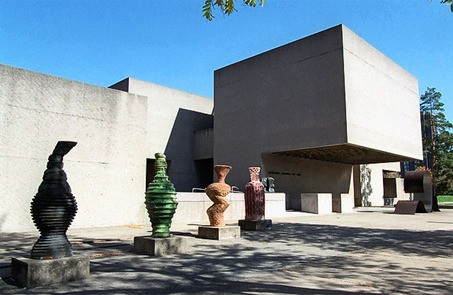The main city attractions are thematic museums and galleries located in Syracuse, in the city center in a beautiful modern building is the Everson Museum of Art. Its collection began to form at the end of the 19th century, the first decades of the museum constantly changed its location. Its collection, including works by the most famous American painters, was constantly expanding, so over time, the museum needed a new separate building.
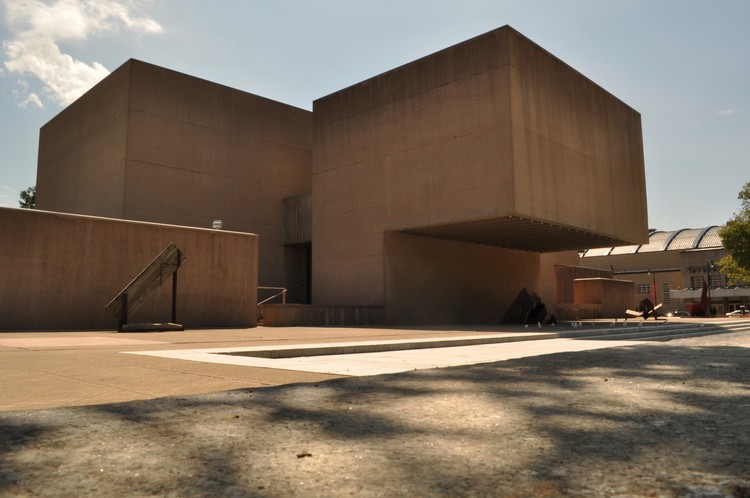
The decision to build it was made in 1941, however, the museum moved to the new building only in 1965. Now it presents to the visitors a rich collection of ceramic handicrafts, paintings, sculptures, and other works of art collected in different parts of the United States. The age of some of the exhibits in the museum is more than 200 years, the total number of the museum is about 11,000 works of art.
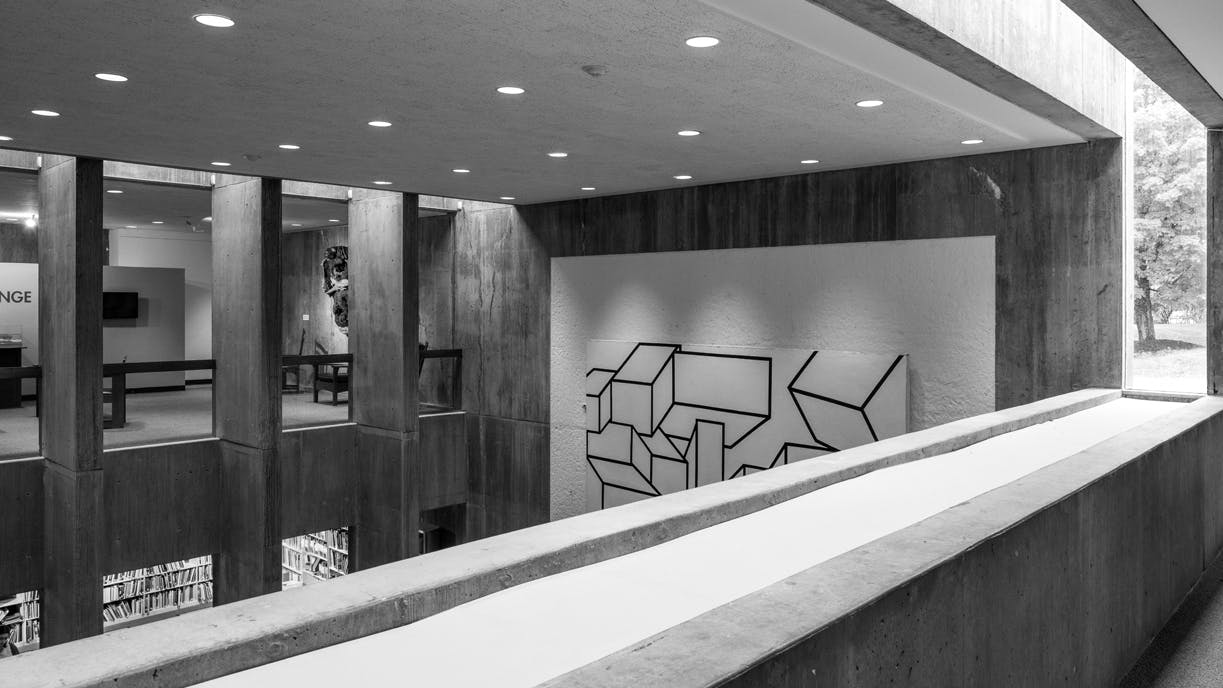
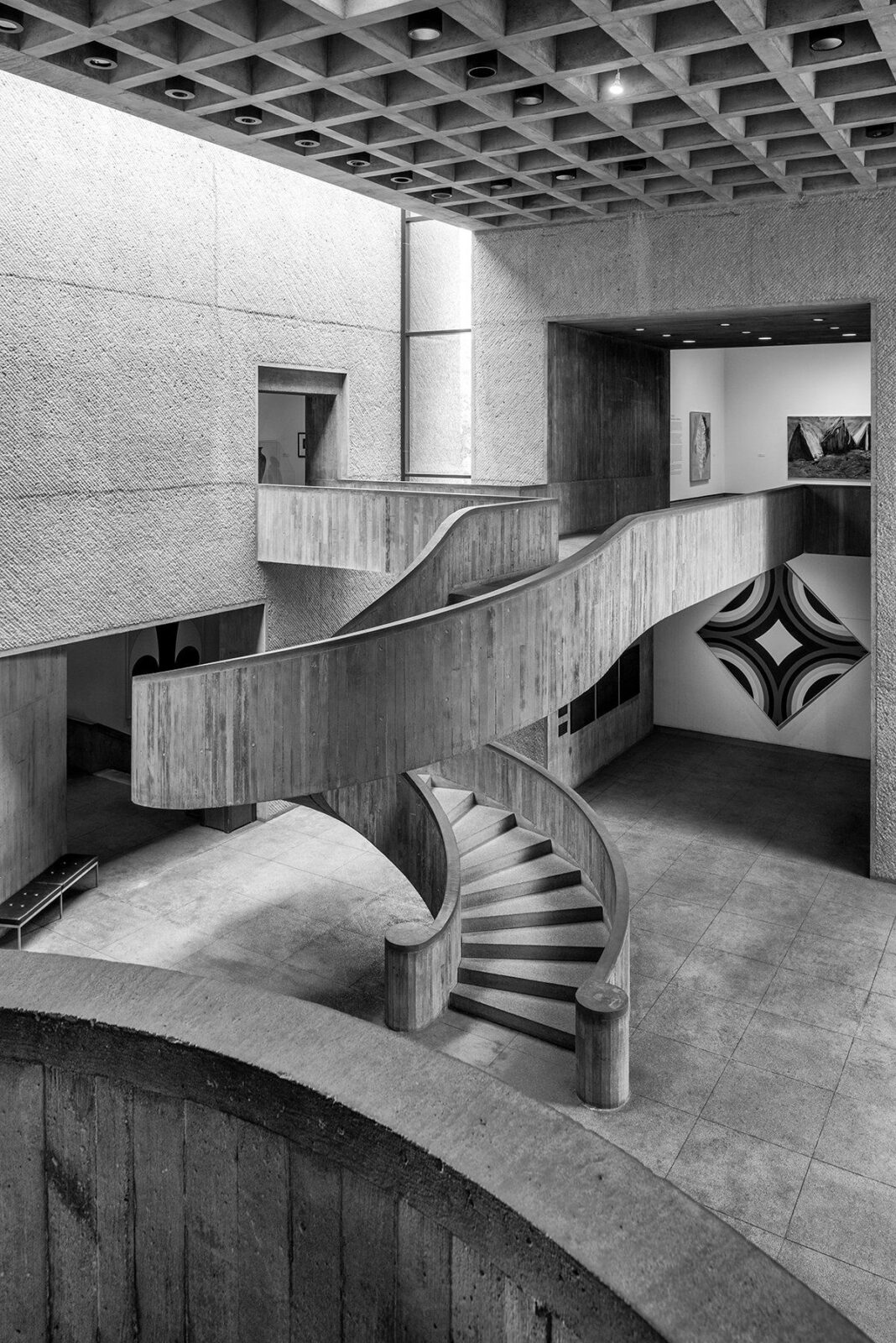
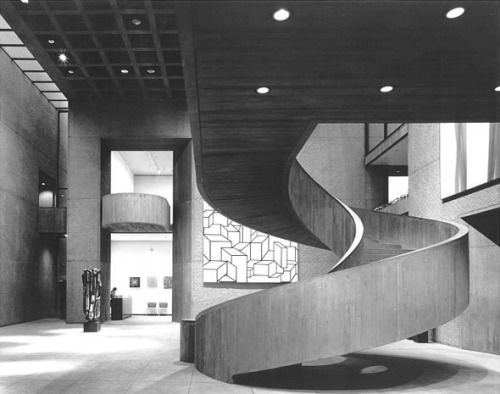
Art Museum Everson – also known location for skateboarders. Although illegal, June 21, better known as the National Movement, Skateboarding Day, skateboarders are allowed to skate in the museum. Skateboarders in central New York often have signs that say “FREE Eve” to the Everson Art Museum.
Collection
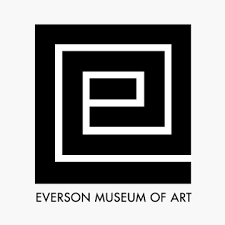 The buildings of Everson have approximately 11,000 works of art, including paintings, sculptures, ceramics, and video.
The buildings of Everson have approximately 11,000 works of art, including paintings, sculptures, ceramics, and video.
The paintings include one of the portraits of Gilbert Stewart George Washington, Edward Hicks Peaceable Kingdom and works by Eastman Johnson, Charles Burchfield, Helen Frankenthaler, and others. In 1980, Everson introduced “Close Lighting of Chin Ho Cheng,” the first Sino-American contemporary painter to show one actor’s show nationally.
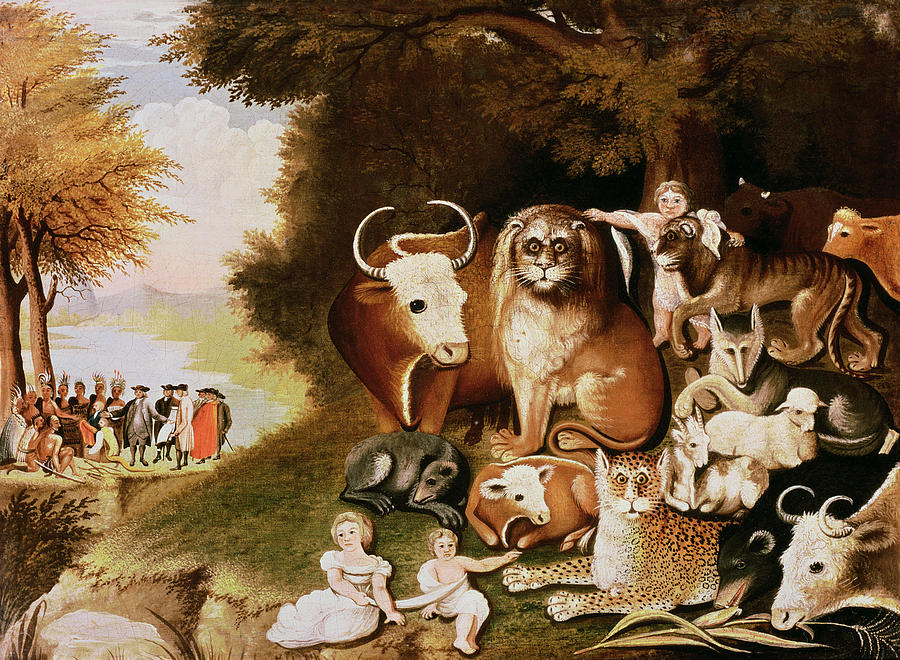
The Syracuse China Ceramics Research Center is one of the largest collections of ceramics in the country with parts ranging from ancient Ming sculpture and porcelain to contemporary works.
The museum installed one of the first video collections of art in the United States; its video collection is the largest in the world. We were shown early works on Everson by June Pake, including his 1974 United States retrospective. Bill Viola’s first work was as a video technician in Everson; his work is now in the collection.
Pollock will pay for a variety
Museum in New York will sell the only painting of Jackson Pollock from its collection to expand the list of authors and increase the museum’s collection.
The Everson Art Museum in Syracuse, New York, decided to sell Jackson Pollock’s work as part of a program to fund the diversification of its collection. All proceeds from the sale will be used by the museum to purchase works by women artists, African-American artists and other groups of authors whose works are less represented in the museum than those of white male artists.
Pollock’s early work, Red Composition (1946), valued at $12 million to $18 million, is expected to be the top-shelf of Christie’s October evening contemporary art trade in New York. This is facilitated by both the period of the work’s creation (it was written shortly after the end of his famous series of seven Sounds in the Grass and is one of the first works in which the author used his unique sprinkling technique) and its provenance. The first owner of the painting was the legendary Peggy Guggenheim, from which the work ended up in the collection of Dorothy and Marshall Reisman, who, in turn, presented the “Red Composition” to the museum in 1991.
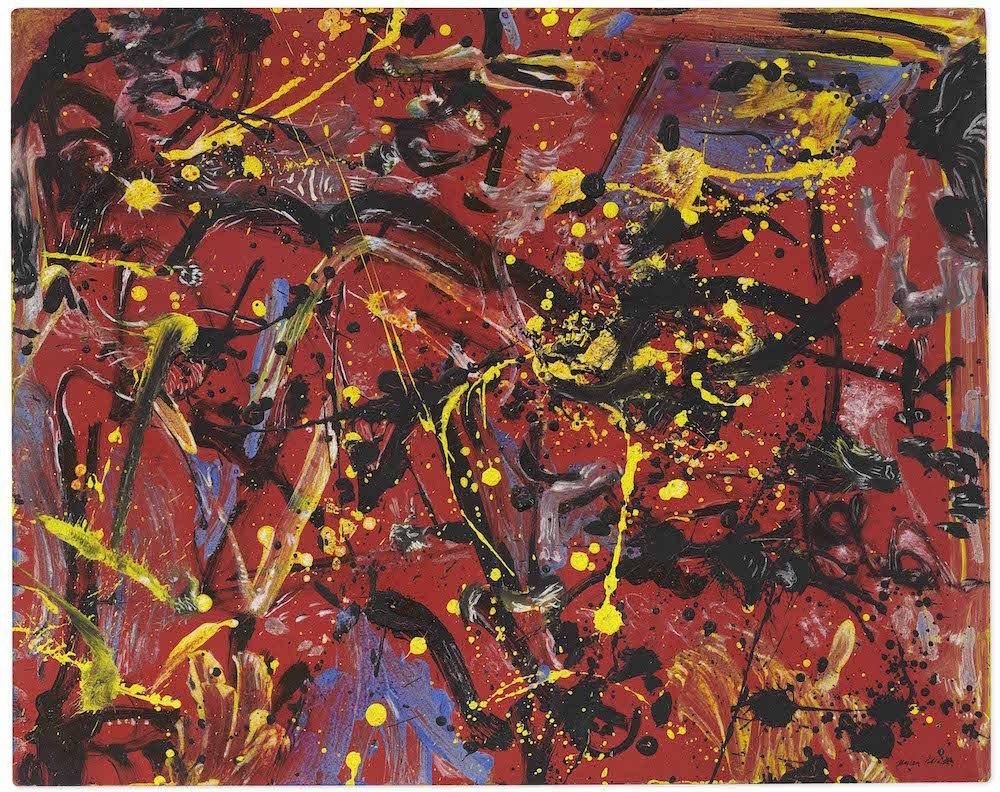
The Everson Art Museum is not the first art institute in the U.S. to use such a method to restore equality between artists of different backgrounds, whose works are kept in the museum’s collection. For example, last year the San Francisco Museum of Modern Art sold a Mark Rothko painting (also from the Peggy Guggenheim collection) for $50 million to create a special fund to diversify its collection, and the Baltimore Museum of Art in 2018 noted that it sold seven works of white male artists to purchase art created by artists of other races and women.
“By giving up a single piece of art, we can make great strides in creating a collection that reflects the amazing diversity of our society and make it accessible for future generations,” commented Elizabeth Dunbar, director of the Everson Museum, on the forthcoming sale of Pollock’s work.
Well-known traveling exhibitions
Everson has presented many exhibitions that are available for loan, either completely or broken as individual works of art, including:
Good design: stories from Herman Miller
Fantasies and Tales: Maxfield Parrish and the Art of Printing
Cezanne Turner: masterpieces from the Davis collection, National Museum of Wales.
Website Matters
Marie Antoinette: simulation of an 18th-century superstar






